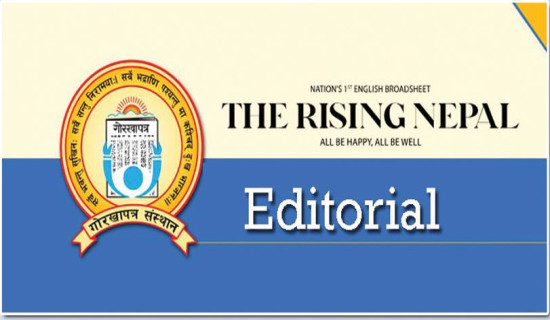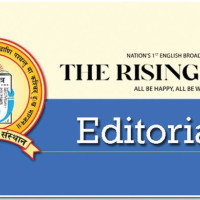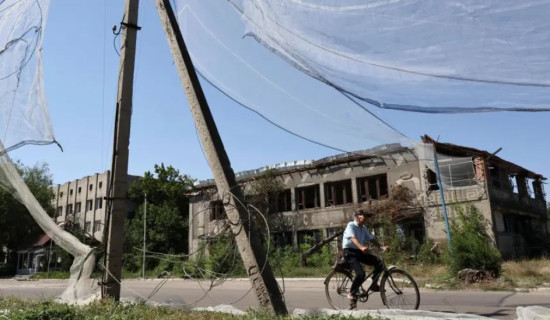- Thursday, 17 July 2025
Revised NRB Guidelines
The new government has prioritised addressing numerous problems facing the nation’s economic sector and making it functional. Prime Minister Pushpa Kamal Dahal Prachanda and Deputy Prime Minister and Finance Minister Bishnu Prasad Paudel have listened to experts and leaders of the business community to find a solution to the existing economic issues such as a liquidity crisis in the Banks and Financial Institutions (BFIs). After the emergence of this problem in the time of COVID-19, the country has witnessed a considerable fall in investment, revenue generation and job creation, impacting the national economy negatively.
The Prime Minister and Minister Poudel discussed matters in regard to the liquidity crunch and lending with Governor of the Nepal Rastra Bank (NRB) Maha Prasad Adhikari on Wednesday as well. Immediately after their meeting, the central bank revised its ‘Working Capital Loan Guidelines, 2022’. With this move, the entrepreneurs, who have received the working capital loans exceeding the limits set by the NRB, are allowed to settle their outstanding dues by mid-July 2025.
The central bank had fixed Rs. 10 million as the threshold of working capital loans. As per the revised provision, the businesspersons have been given flexibility to pay the loans in five instalments within the prescribed period. According to the amended provision, they are required to repay such working capital loans in instalments, 10 per cent by mid-July 2023, 20 per cent by mid-January 2024, 20 per cent by mid-July 2024, 20 per cent by mid-January 2025 and 30 per cent by mid-July 2025. However, no businesses can now demand or get working capital loans beyond the limit set by the NRB. This facility is given to the creditors who had the portfolio larger than the prescribed size before the implementation of the guidelines in mid-October last year. In line with the revised procedures, any business firm having a projected annual transaction of up to Rs. 20 million can get a loan of up to 20 per cent of its annual turnover. And it can receive up to 40 per cent of annual turnover in special cases. The NRB, however, has clarified that the duration, repayment schedule and instalment amount remain unchanged.
The central bank has also permitted the BFIs to issue loans for fluctuating working capital needs for up to one year while the credit under the permanent working capital can be issued for three to 10 years. Under the revised guidelines, if any entrepreneur who wanted to repay the term loan for the working capital purposes, BFIs cannot levy any prepayment charges. But this provision is not applicable in case of credit purchase or takeover or transfer of such loans. It is notable that private sector entrepreneurs and their organisations such as the Federation of Nepali Chambers of Commerce and Industry (FNCCI), commodity business associations and regional chambers had been calling for the withdrawal of the guidelines since it came into force about two-and-a-half months ago. But the NRB had not met the entrepreneurs' demand, claiming that the guideline aimed at controlling the misuse of loans in the unproductive sector.
Meanwhile, the central bank has raised the limit of the loan size to Rs. 10 million, which was set at Rs. 5 million earlier. Similarly, BFIs can mobilise loans for 3-10 years for the purpose of permanent working capital as against five years earlier. The amended rule has entrusted BFIs with the responsibility of making surprise inspection of working capital and liabilities. But in case of the working capital of up to Rs. 50 million, a quarterly report authenticated by the customer would be valid. Earlier, the customers had to submit their monthly reports.

.jpg)















